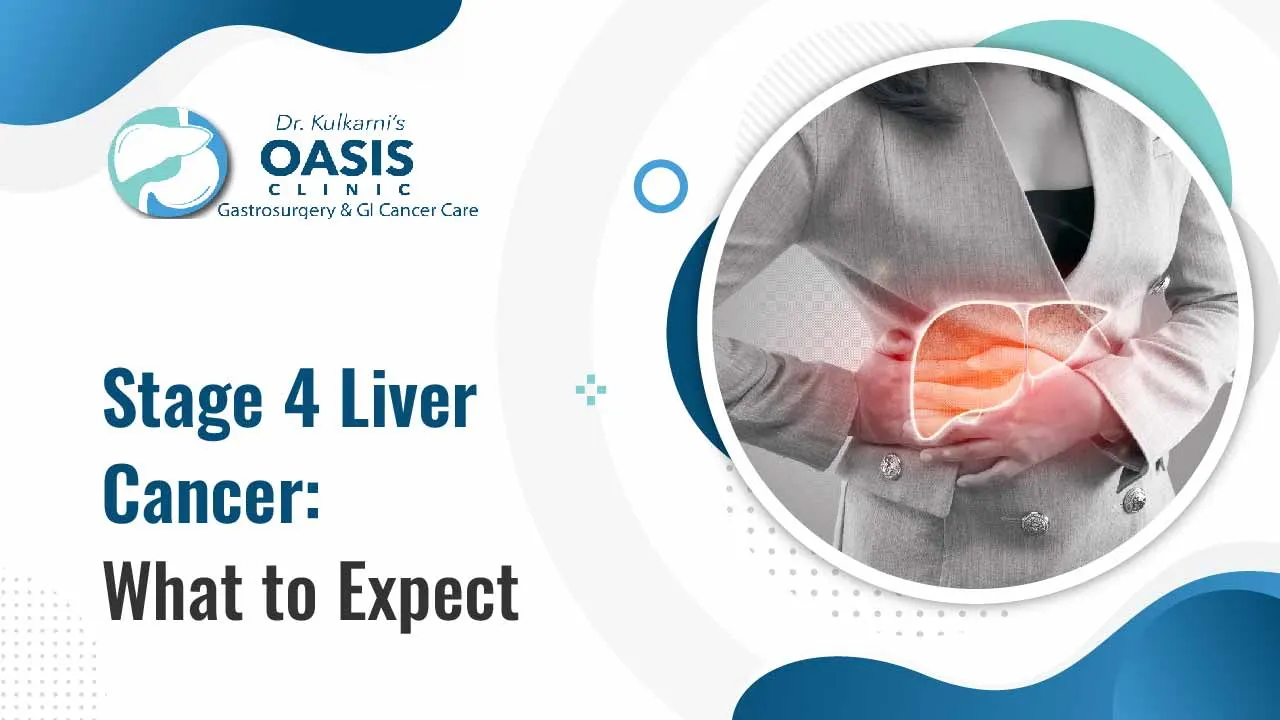Stage 4 Liver Cancer: What to Expect
If you or a loved one has been diagnosed with stage 4 liver cancer, you may be feeling scared and uncertain about what to expect. But it’s important to remember that there is hope.
While this type of cancer is serious, treatment options have come a long way in recent years and many patients are able to live long and fulfilling lives after diagnosis.

Jump On :
Overview
Stage 4 liver cancer is the most advanced stage of the disease, meaning that the cancer has spread beyond the liver to other organs.
This type of cancer is very difficult to treat because it has already invaded other parts of the body and cannot be removed with surgery.
In this video you’ll know, Different ways to Prevent Liver Cancer
Causes Of Stage 4 Liver Cancer
The exact cause of stage 4 liver cancer is not known, but it can be linked to certain risk factors such as chronic alcohol abuse, viral infections like hepatitis B or C, smoking, and a family history of liver cancer.
Symptoms Of Liver Cancer
Symptoms of stage 4 liver cancer include :
- Nausea and vomiting,
- Loss of appetite,
- Unexplained weight loss,
- Fatigue,
- Jaundice (yellowing skin or eyes),
- Severe abdominal pain, and swelling in the abdomen.
Treatment for Stage 4 Liver Cancer :
Treatment options for stage 4 liver cancer depend on the individual and their specific situation.
Generally, treatment may include chemotherapy, targeted therapy drugs (such as sorafenib), or radiation therapy. Additionally, surgery to remove a small portion of the tumor may be an option in some cases.
Ultimately, the goal is to reduce symptoms and slow the progression of the disease.
Also Read – Cost of Liver cancer Treatment
Life Expectancy
Unfortunately, life expectancy is often lower for individuals with stage 4 liver cancer than those with earlier stages due to its advanced nature.
However, life expectancy can vary from person to person depending on factors such as age and overall health.
With proper treatment and active management of symptoms, many people are able to live for several years with stage 4 liver cancer.
Ways to Cope with the Physical and Emotional Challenges:
Dealing with a diagnosis of stage 4 liver cancer can be overwhelming, but there are ways to manage both the physical and emotional challenges.
Be sure to take time for yourself, connect with loved ones, and talk to a counsellor if you feel overwhelmed by your diagnosis.
Additionally, participating in clinical trials or support groups can offer valuable insight into living with this type of cancer.
Conclusion
Living with stage 4 liver cancer can be challenging, but it is important to remember that there is hope.
With proper treatment and management of symptoms, many people are able to live long and fulfilling lives after diagnosis. Be sure to talk to your doctor about treatment options, as well as ways to cope with the physical and emotional challenges of living with this type of cancer.
We always encourage you to stay positive and remember that you are not alone in this journey.

Dr. Aditya Kulkarni
MS, DNB, FRCS, MCh (Surgical Gastroenterology & GI Oncology)
Dr. Aditya Kulkarni is a Consultant of Laparoscopic and Robotic Gastrointestinal, Hepato-biliary-pancreatic, and Cancer Surgeon at the renowned Oasis Surgery Clinic Pune.
